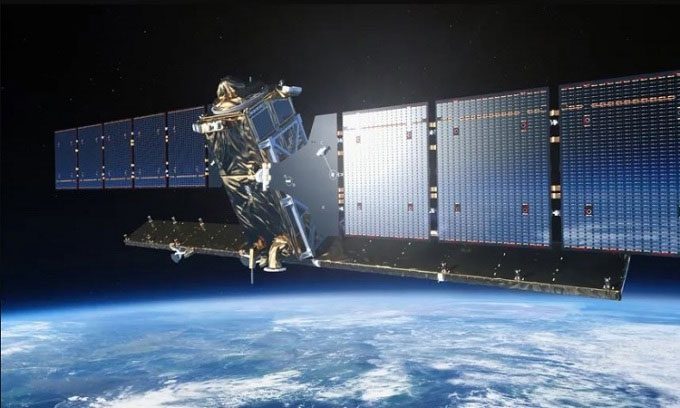An important Earth observation satellite had to adjust its orbit to avoid debris from the defunct Cosmos satellite.
The European Space Agency (ESA) detailed the near-collision involving the Sentinel-1A satellite in a social media post on May 18. According to ESA, a Russian rocket test in 2021 caused the Cosmos satellite to break apart into numerous fragments orbiting in space.

Sentinel-1A and 1B satellites are part of ESA’s Copernicus program. (Photo: ESA)
On May 16, Sentinel-1A conducted an emergency maneuver to avoid a potentially hazardous collision. “Collision avoidance is a routine task in the mission control room, and our team has trained extensively to handle high-risk events,” ESA stated. “However, this near-miss was particularly challenging as the situation changed rapidly, was difficult to avoid, and we were warned less than 24 hours in advance.”
Sentinel-1A is a satellite within ESA’s Copernicus Earth observation program. This satellite specializes in detecting and monitoring oil spills, mapping sea ice, observing changes on land, and providing data for disaster management.
The satellite needed to move to avoid space debris with diameters of several centimeters. The impact force from such small debris is sufficient to destroy the satellite. ESA raised the orbit of Sentinel-1A by 140 meters. Although the Cosmos satellite orbited at an altitude of over 200 kilometers below Sentinel-1A, the energy released from the explosion propelled fragments in all directions, intersecting with ESA’s satellite’s orbit. The mission team had only a few hours to plan and execute the maneuvers.
Currently, Sentinel-1A is safe. The issue of space debris is becoming increasingly severe, posing risks not only to satellites but also to the International Space Station (ISS). The ISS sometimes has to dodge debris flying past it. The destruction of Cosmos created over 1,500 new fragments in orbit, and the recent close pass by Sentinel-1A is certainly not the last.





















































